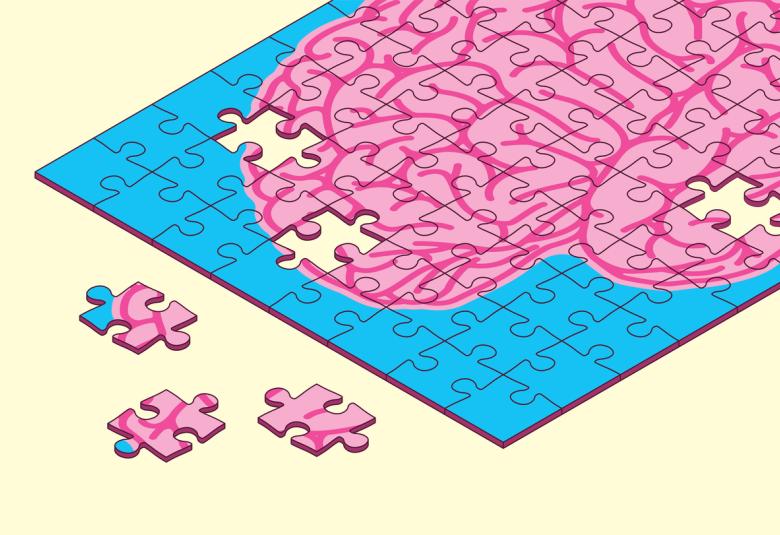An interview with Andrea Fagiolini, Associate Professor of Psychiatry at the University of Siena School of Medicine, Italy
Curiously, not responding at all to pharmacological therapy may sometimes be better for a patient than a partial response, since lack of response forces a change in treatment.
With a partial response, both we and the patient may settle for second-best: a compromise outcome that leaves quality of life and functioning impaired. Perhaps the patient does not complain so much. They may be greatly improved on the standard assessments we apply. Symptoms are not as intense. But if we talk to them with time and attention we can see they are still not satisfied.
Driving with the brakes on
They are not as engaged with life as they used to be, and lack motivation and interest. They cannot plan long-term or make decisions. It is like walking through water, or driving a car with the brakes on. Perhaps they have other difficulties, such as anxiety. Though not a core symptom, anxiety is prevalent in depression and can be disabling since it is a great barrier to action and cause of insomnia.
This is surviving, not living. We have treatments that permit the next step. Yet we are perhaps reluctant to change the treatment for fear that what has been gained may be lost. The key, in my opinion, is to augment therapy rather than switch it again.
At this stage, there are several options. Prof Fagiolini stated that thyroid hormones are often not very effective and have side effects, with the risk of atrial fibrillation and osteoporosis. Lithium is a possibility but again there are side effects such as thyroid dysfunction, tremor and nausea. Another option is to add an antipsychotic. A depressed patient may not like the idea because they don’t have psychosis. But this is just a question of nomenclature, not efficacy.
We know that newer antipsychotics, which work on many different receptors and not just dopamine, can also be good as adjunctive treatment to antidepressants. Mechanism of action can be explained to the patient. Each of these agents has different side effects, and choice needs to be tailored to the circumstances of the individual patient. Some will appreciate a sedating action as a side effect, but others not. It is about striking the right balance.
Our correspondent’s highlights from the symposium are meant as a fair representation of the scientific content presented. The views and opinions expressed on this page do not necessarily reflect those of Otsuka and Lundbeck.




